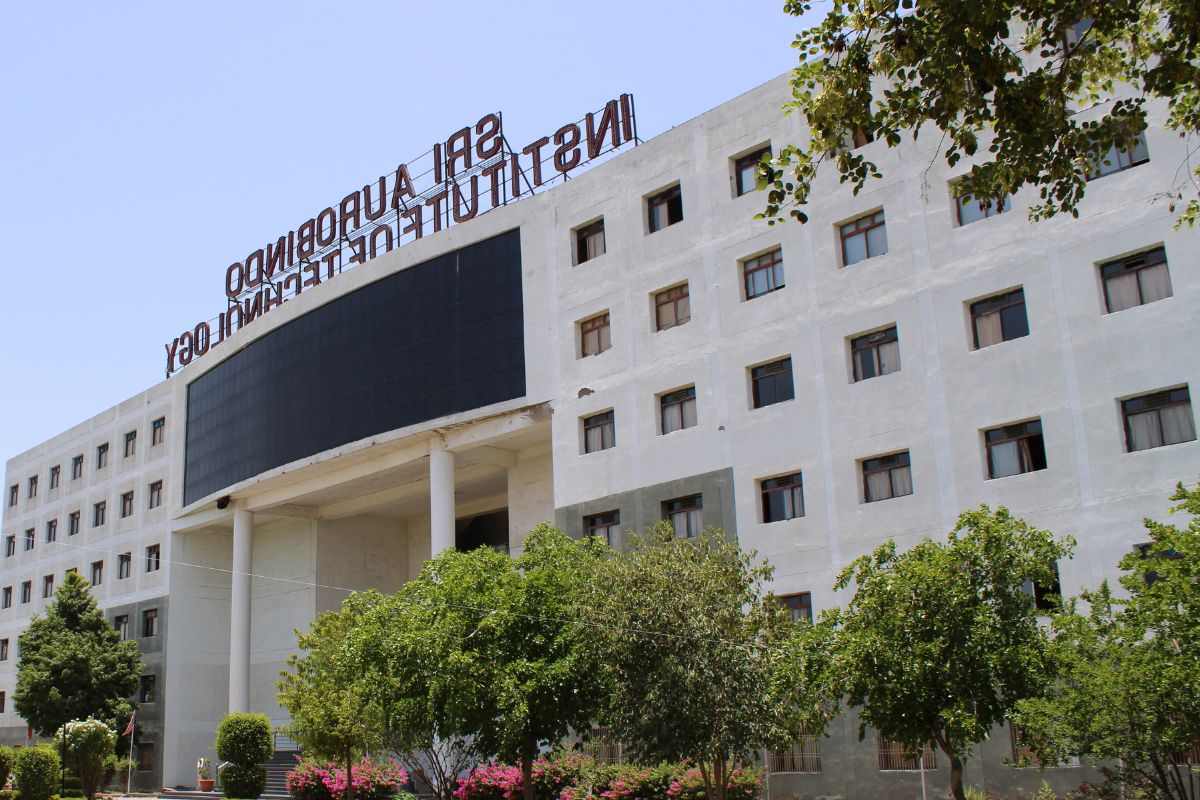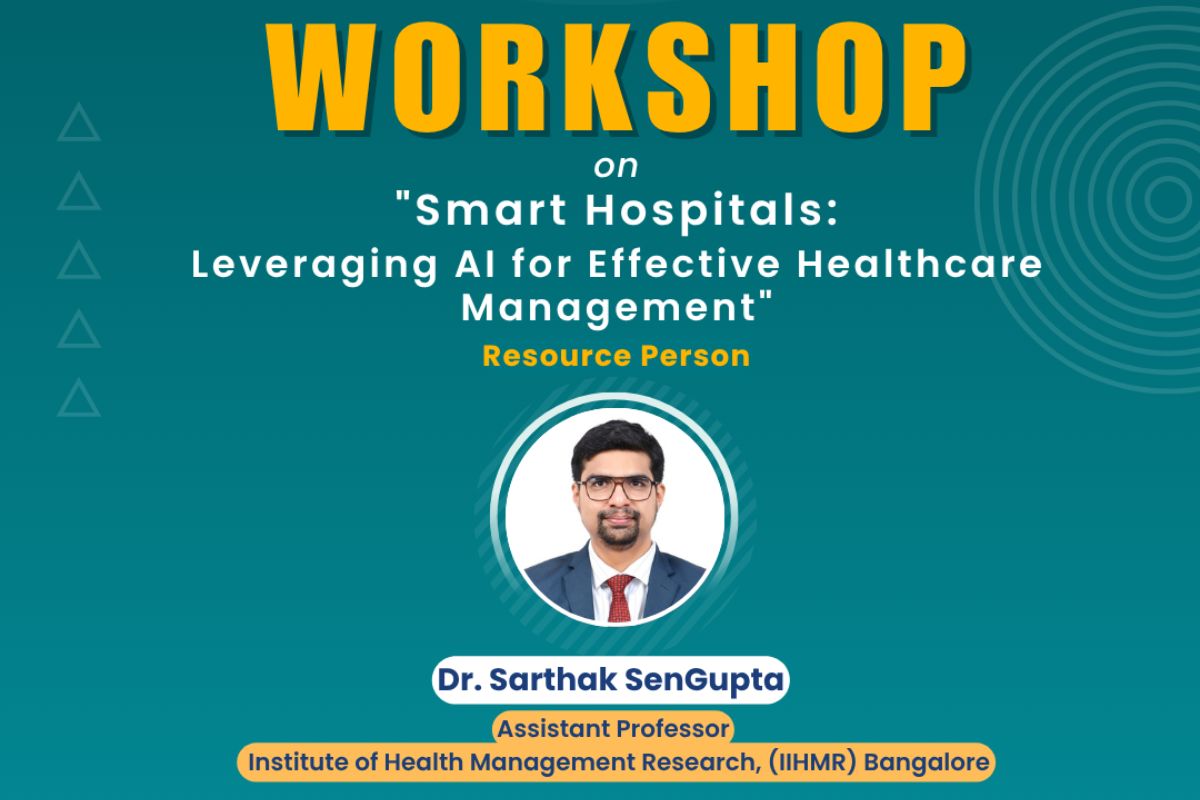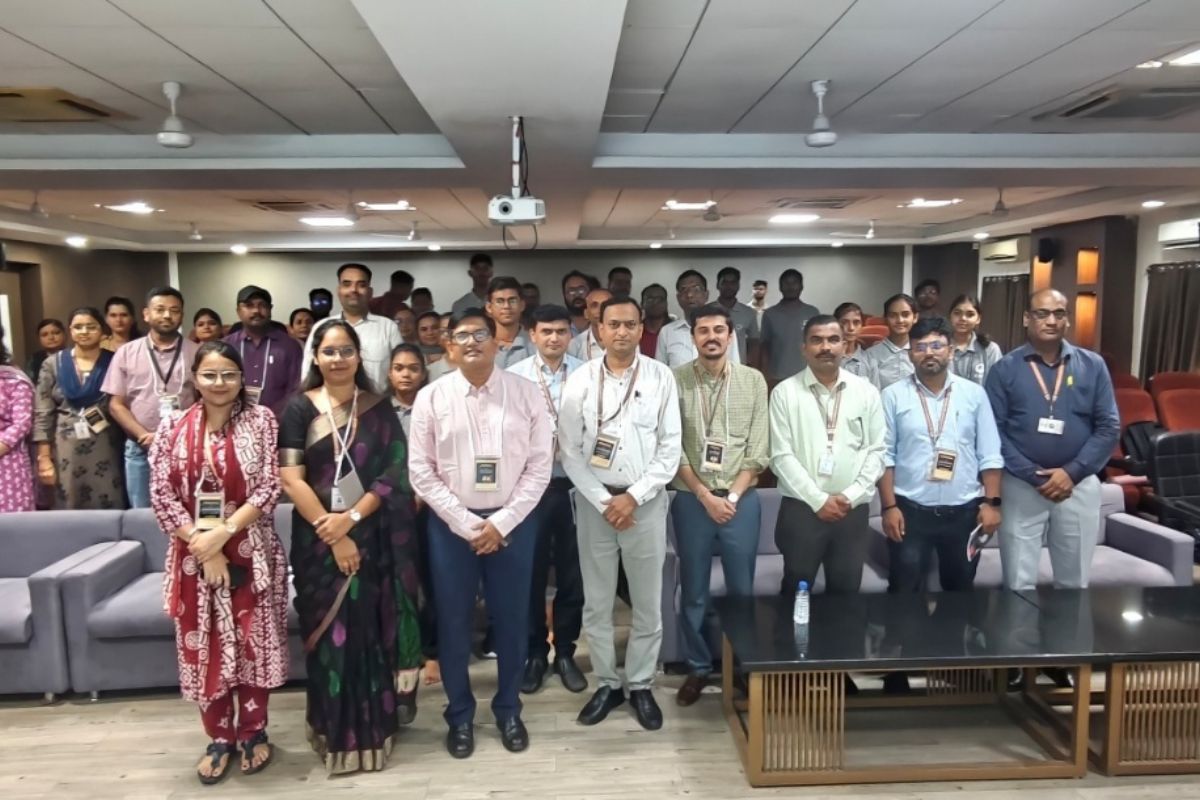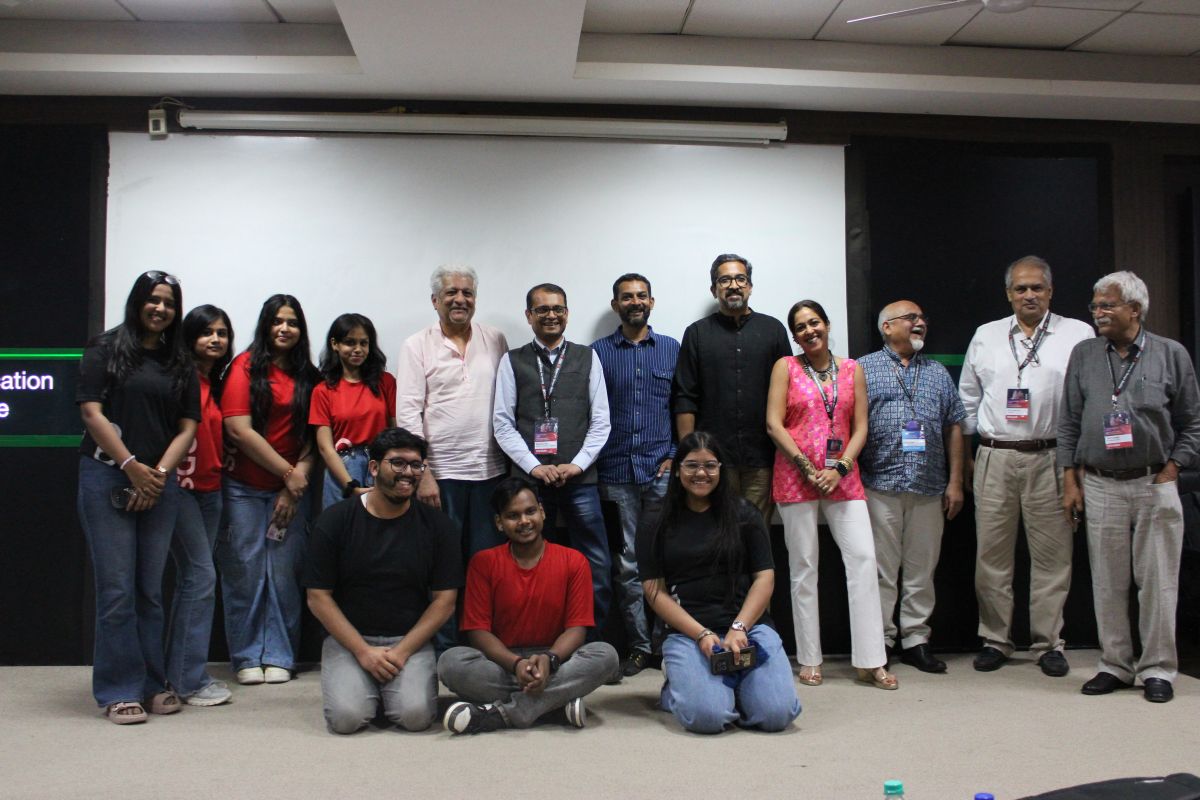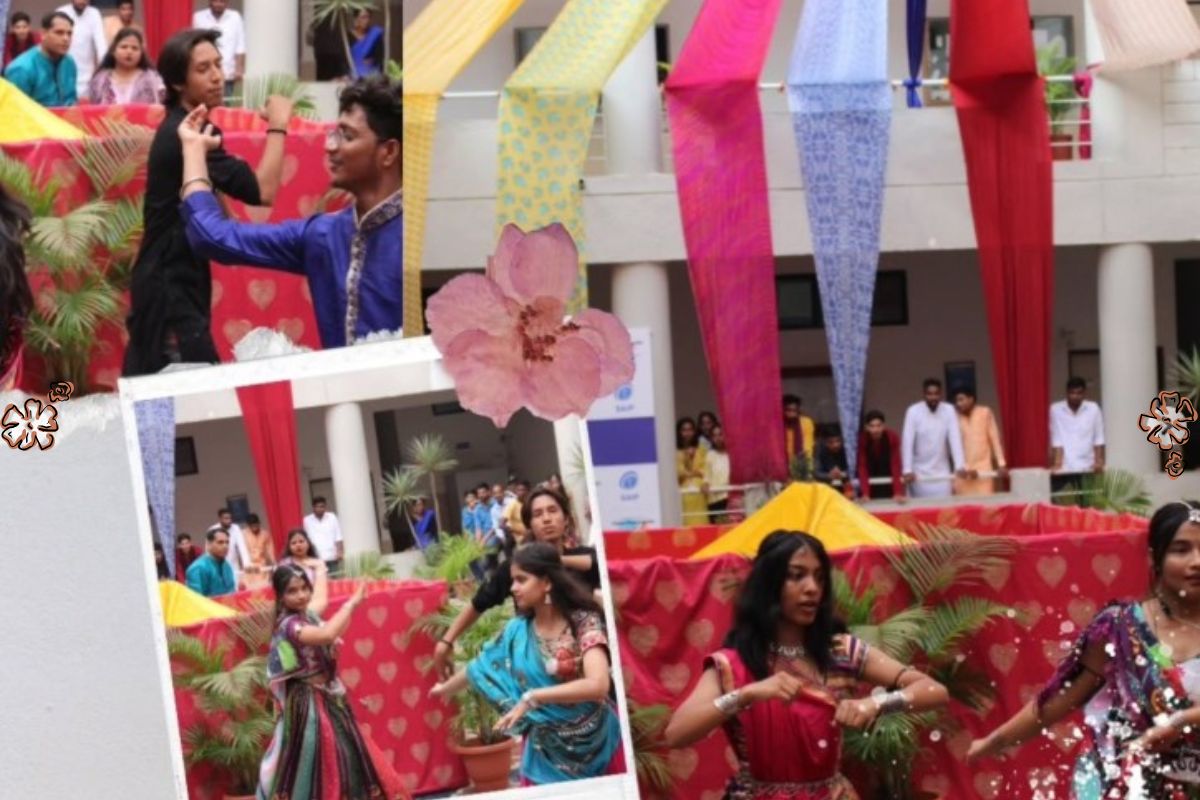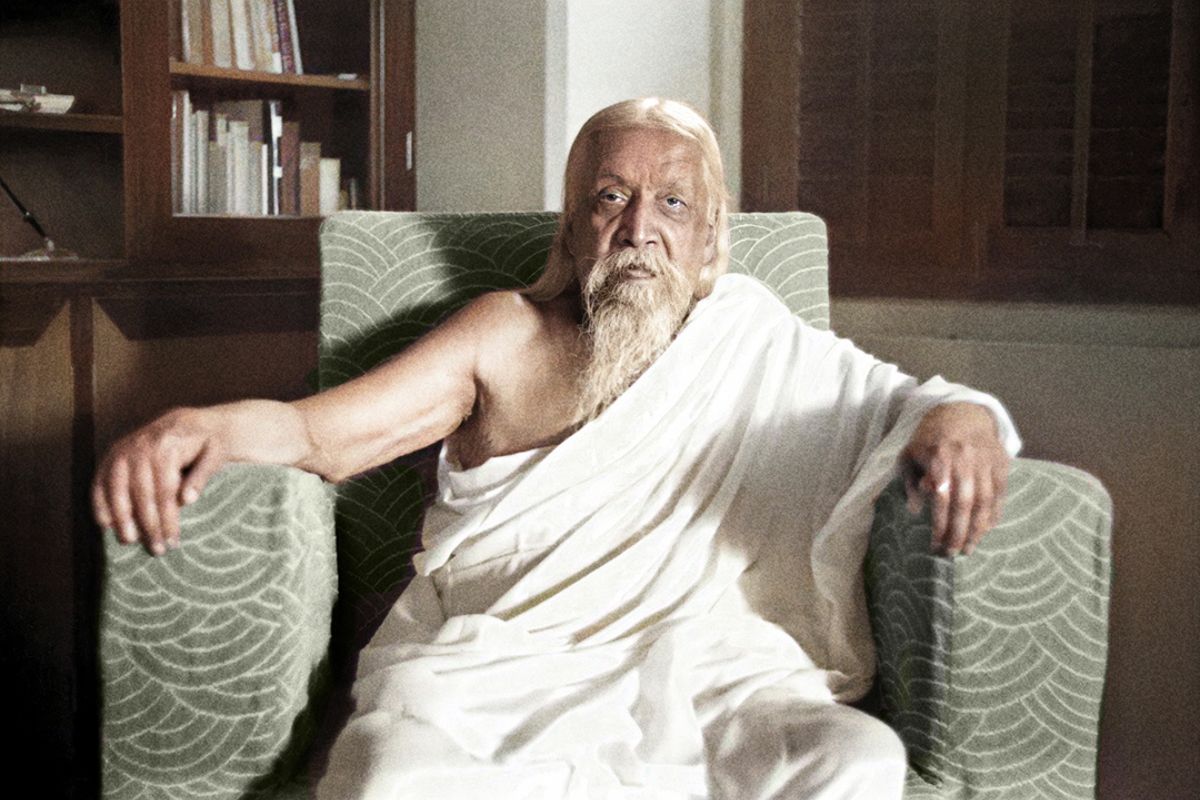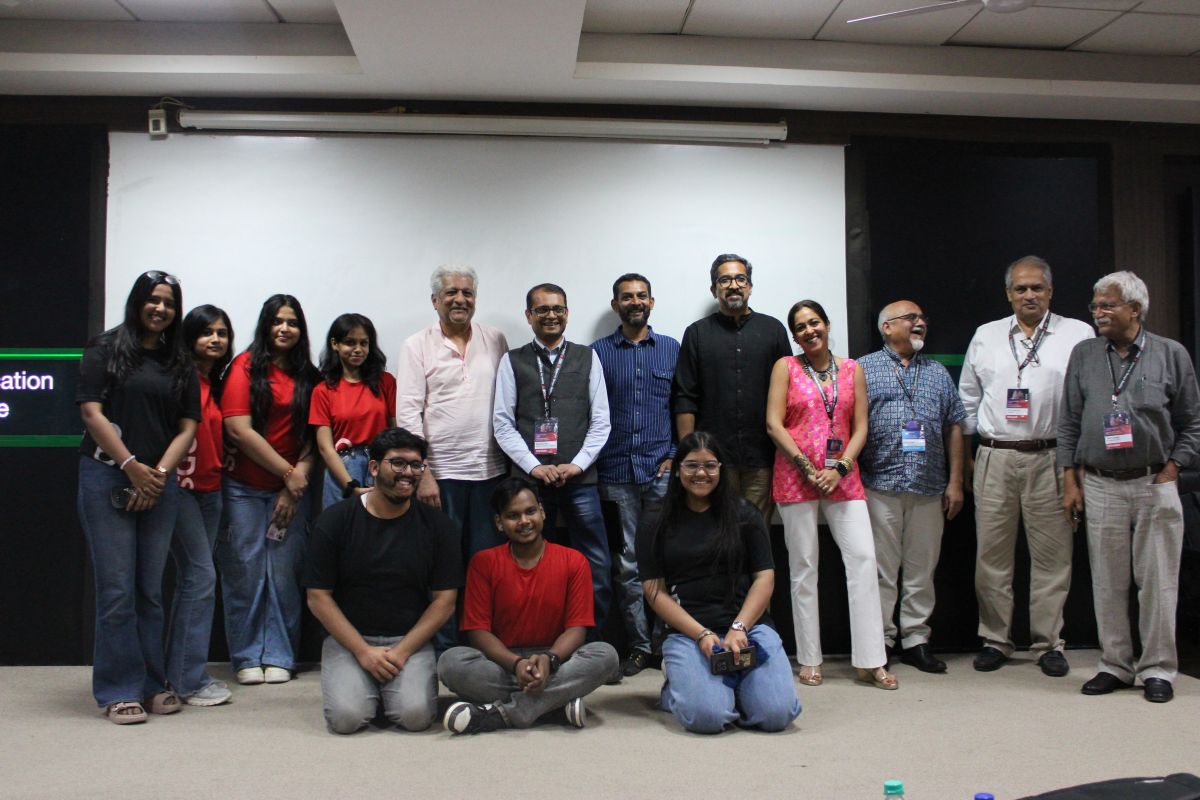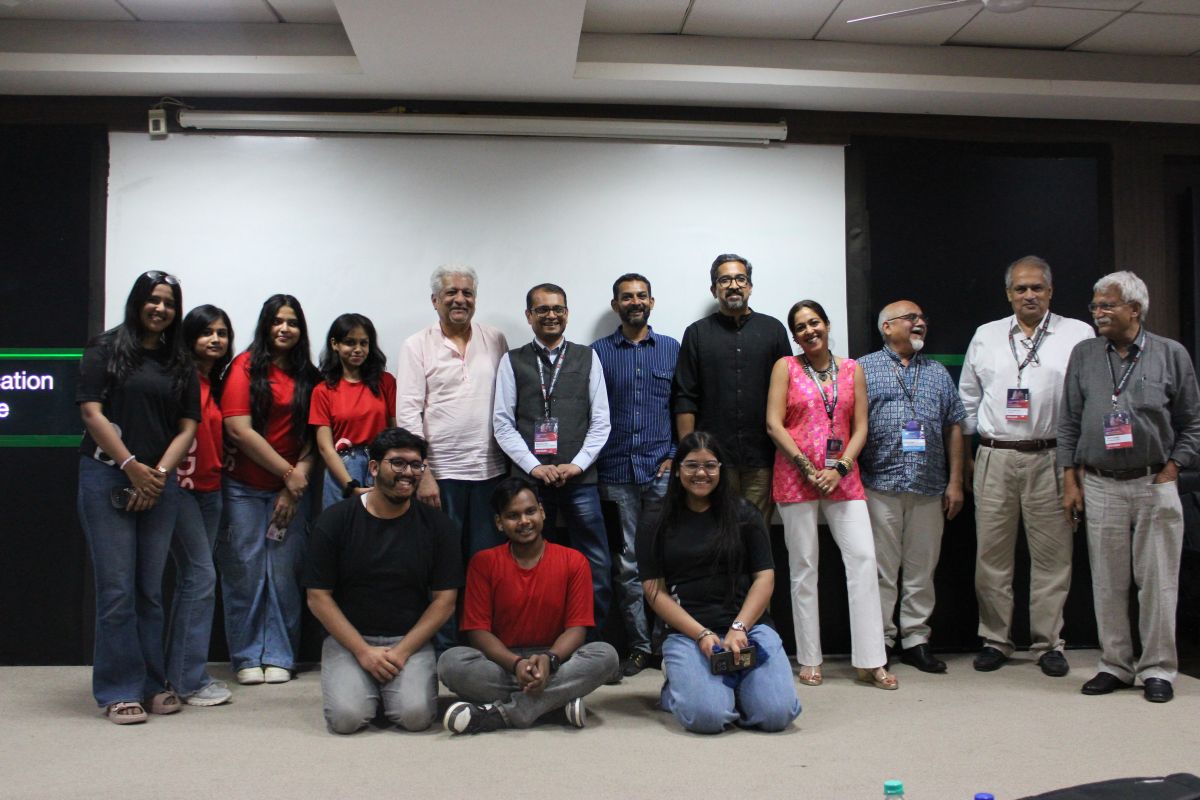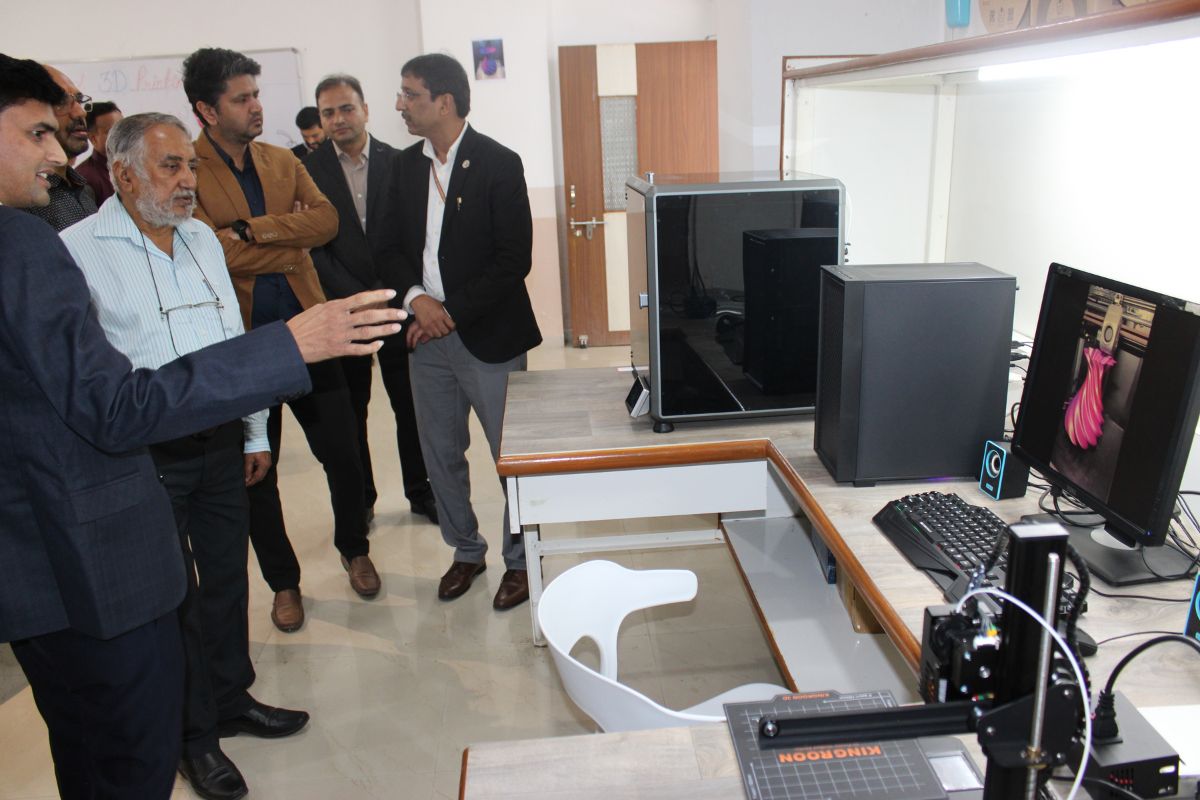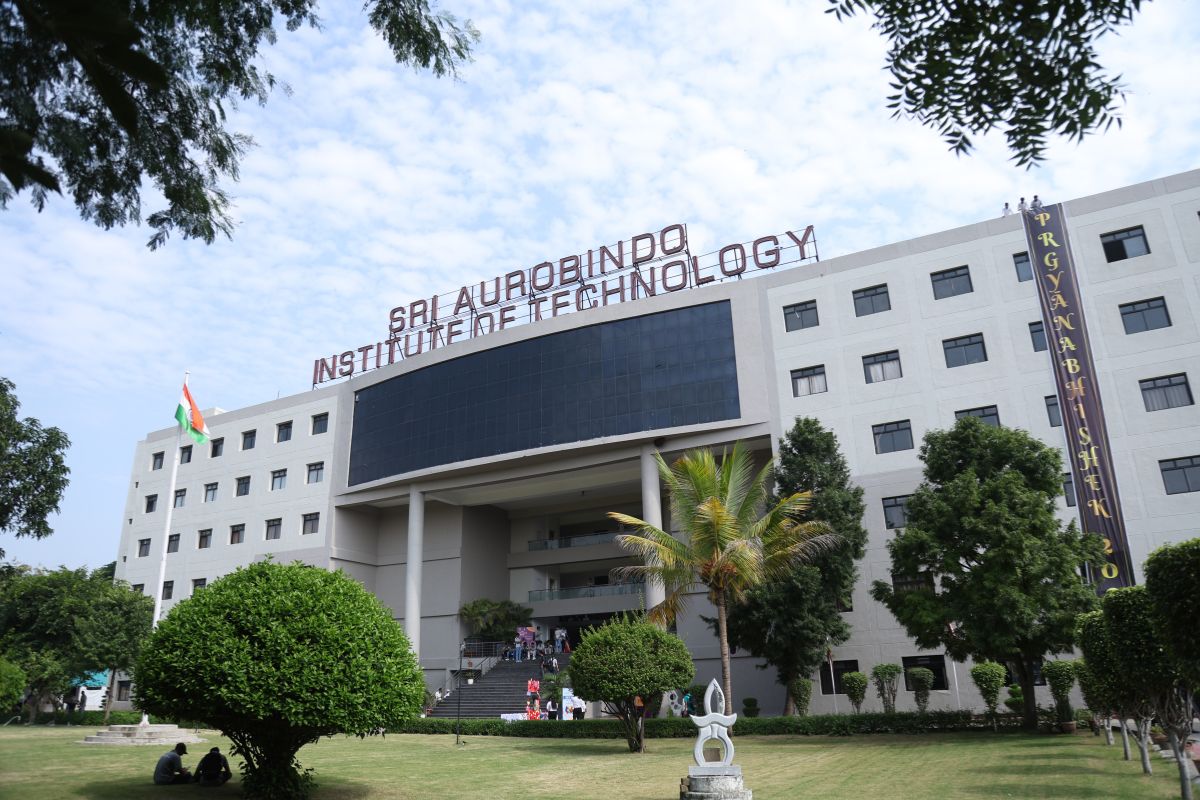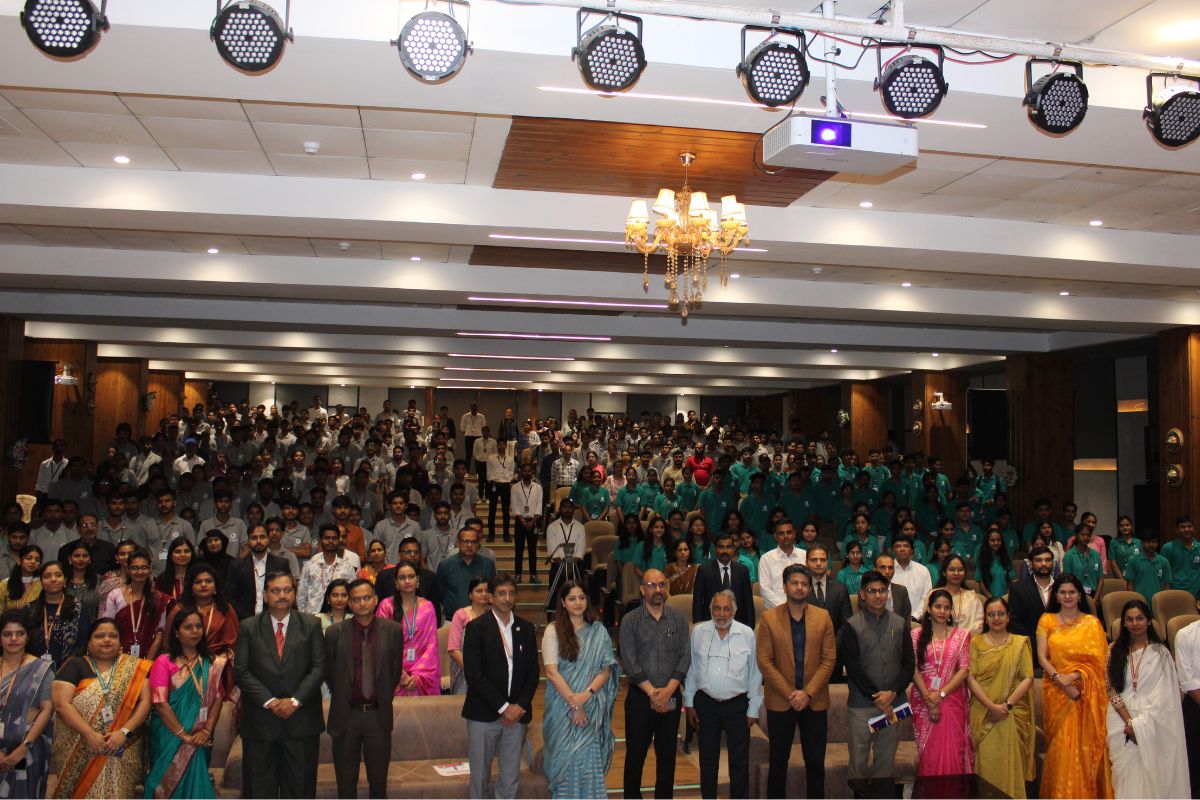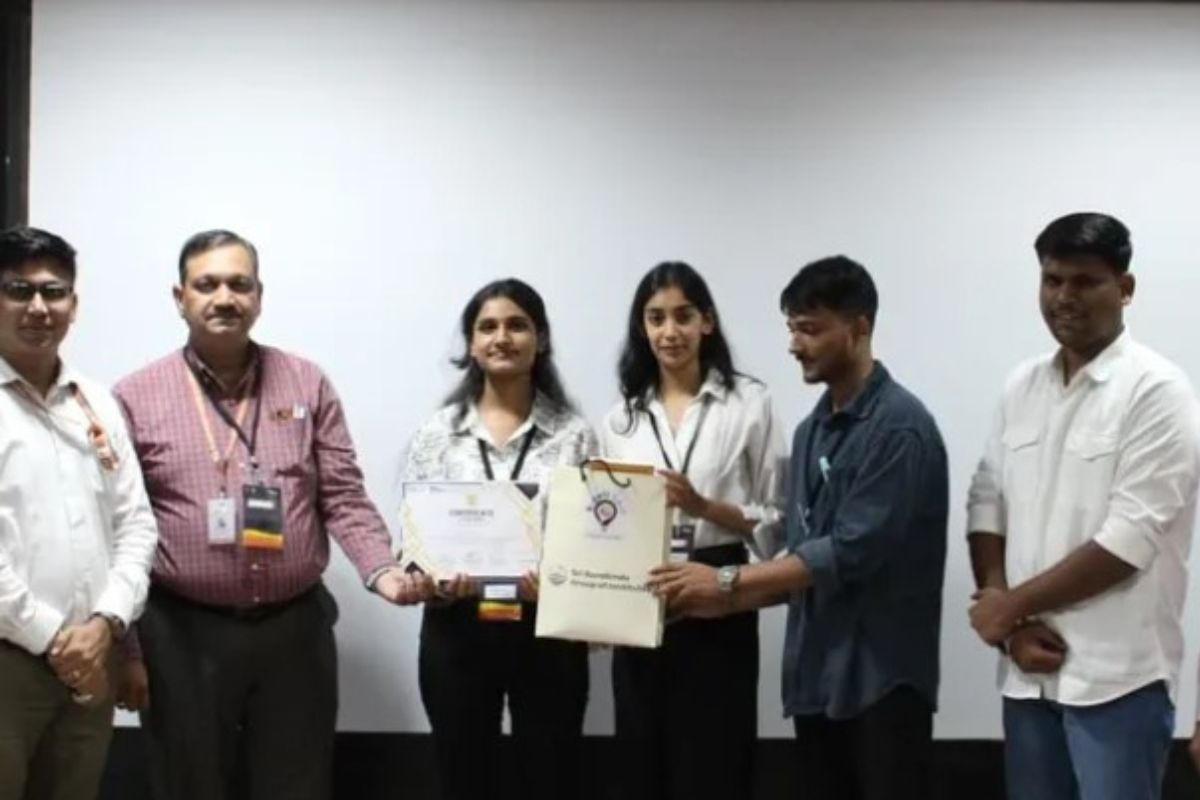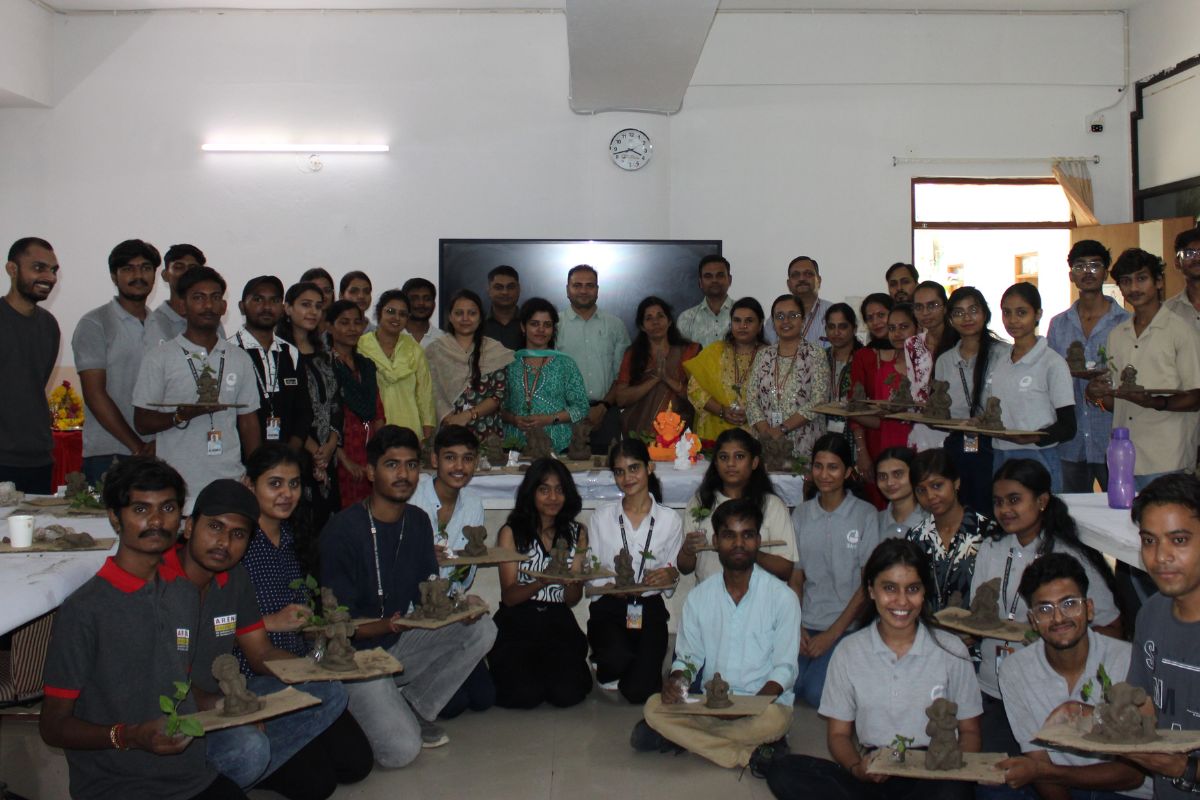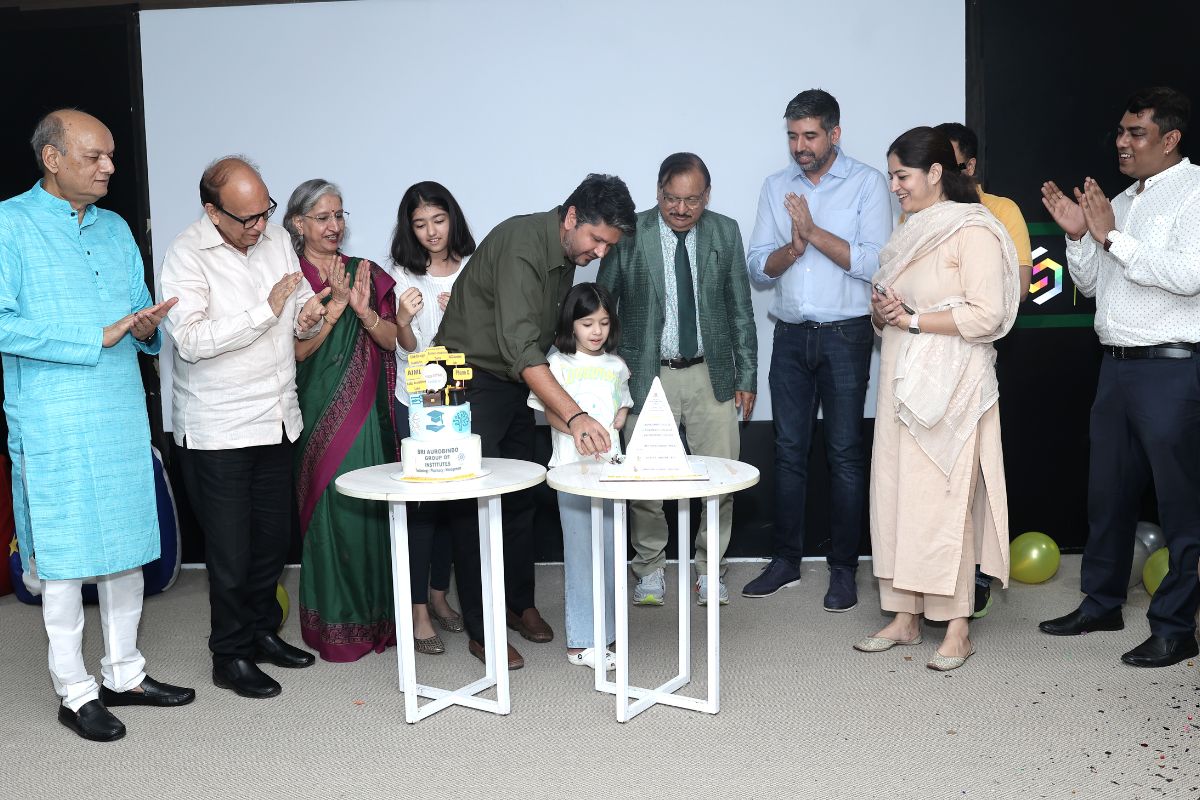National Science Day 2025 Celebration at Sri Aurobindo Institute of Technology (SAIT)
SAIT's National Science Day 2025 celebration featured a live session with CM Dr. Mohan Yadav & an eye-opening RRCAT lab tour. Discover how students explored lasers, accelerators & more!
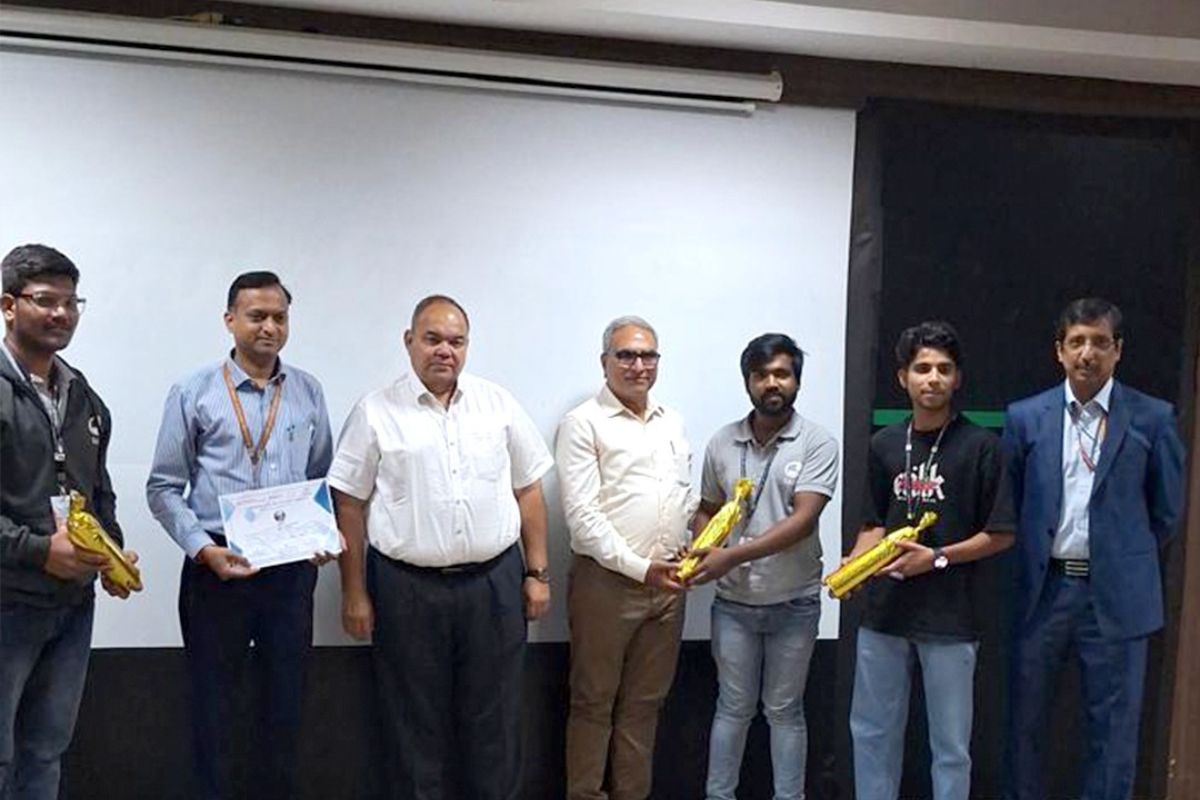
What happens when curiosity meets cutting-edge science? Sri Aurobindo Institute of Technology (SAIT), Indore, answered this question brilliantly during its National Science Day 2025 celebrations. Packed with inspiring events, live demonstrations, and a special visit to the Raja Ramanna Centre for Advanced Technology (RRCAT), the day was a vibrant mix of learning, innovation, and scientific passion. From a live-streamed inaugural session by Madhya Pradesh’s Honorable Chief Minister, Dr. Mohan Yadav, to hands-on lab tours at RRCAT, SAIT students got on a journey that transformed textbook concepts into real-world wonders. Let’s dive into how SAIT made National Science Day 2025 unforgettable!
National Science Day 2025: A Tribute to Innovation & Sir C.V. Raman
National Science Day, celebrated every February 28, honors the discovery of the Raman Effect by India’s Nobel laureate, Sir Chandrasekhara Venkata Raman. This year, SAIT Indore took the celebration to the next level by blending tradition with modern scientific exploration. The theme? “Scientific Awareness for a Progressive India.”
The institute’s events weren’t just about lectures or textbook discussions. Instead, they focused on “learning by doing” – letting students touch, see, and experience science in action. And the star of the show? A thrilling visit to RRCAT Indore, a premier hub for laser and accelerator research.
CM Dr. Mohan Yadav’s Inaugural Speech: Lighting the Spark
The day kicked off with a live-streamed inaugural ceremony featuring Madhya Pradesh’s Chief Minister, Dr. Mohan Yadav. Addressing students, faculty, and science enthusiasts, Dr. Yadav emphasized the role of youth in shaping India’s scientific future.
“Science isn’t just about equations or lab coats – it’s about solving real problems,” he said. “From clean energy to healthcare, your innovations will define our nation’s progress.”
His speech resonated deeply with students, especially when he highlighted MP’s growing reputation as a hub for tech education and research. The CM also praised SAIT for organizing events that bridge classroom learning and industrial applications.
SAIT Students at RRCAT Indore: Where Science Comes Alive!
The highlight of National Science Day was SAIT’s educational tour to RRCAT Indore. For many students, this was their first glimpse into the world of advanced scientific research. Here’s how the visit unfolded:
1. Guided Lab Tours: A Peek into the Future
RRCAT scientists led students through state-of-the-art labs specializing in laser technology, particle accelerators, and photon research. Imagine walking past machines that generate powerful laser beams or accelerators used in cancer treatment research – it’s like stepping into a sci-fi movie, but real!
Students saw how lasers are used beyond everyday applications – from manufacturing ultra-precise engineering components to advancing space research. One lab even showcased how accelerators help study materials at the atomic level.
2. Interactive Sessions: Scientists as Mentors
The RRCAT team didn’t just lecture – they simplified complex ideas with relatable examples. For instance, they compared particle accelerators to “high-speed trains for atoms,” making the concept instantly click for students. A scientist explained, “Think of accelerators as tools that help us break down materials into their tiniest parts. This helps us invent stronger alloys, better medicines, and even understand the universe!”
3. Live Demos: Science in Real-Time
Nothing beats watching science unfold live! Students witnessed real-time experiments, including:
- Laser cutting through metals with pinpoint accuracy.
- Accelerators producing controlled radiation for medical imaging studies.
- Advanced microscopes revealing hidden details of everyday objects.
These demos turned abstract theories into tangible experiences. A mechanical engineering student shared, “I’ve read about lasers in books, but seeing one slice through steel in seconds? Mind-blowing!”
4. Q&A: Curiosity Answered
The Q&A session was a storm of questions! Students asked everything from “How do lasers work in space missions?” to “Can accelerators help solve the energy crisis?” Scientists appreciated the enthusiasm, with one noting, “Their questions show how deeply they’re thinking – that’s the first step toward innovation.”
Why This Matters: Bridging Education and Industry
SAIT’s National Science Day events weren’t just a field trip – they were a strategic effort to prepare students for tomorrow’s challenges. Here’s why initiatives like the RRCAT visit matter:
- Inspiration Over Theory: Seeing real-world applications of science fuels passion. Students returned with a renewed drive to innovate.
- Industry Connect: Labs like RRCAT collaborate with sectors like healthcare, defense, and energy. Exposure to their work helps students align their skills with market needs.
- Problem-Solving Mindset: Interacting with scientists taught students to approach problems creatively – a skill no textbook can fully teach.
National Science Day: A Reminder of India’s Scientific Legacy
While the RRCAT visit was the star, SAIT also hosted smaller events to mark the day:
- Poster-making competitions on themes like “Green Technology” and “AI for Good.”
- Quick science quizzes with fun prizes (think solar-powered gadgets!).
- Faculty talks on emerging fields like nanotechnology and quantum computing.
Each activity reinforced the same message: Science isn’t confined to labs – it’s part of everyday life.
What’s Next? SAIT’s Vision for Young Innovators
SAIT’s Director, Dr. Aaquil Bunglowala, summed up the institute’s mission: “We want to create not just engineers, but problem-solvers. National Science Day is a reminder that innovation starts with curiosity.” Plans are already underway for next year’s celebrations, including hackathons, startup mentorship sessions, and collaborations with more research centers.
Final Thoughts: Why SAIT’s Approach Works
In a world where STEM education often feels overwhelming, SAIT’s National Science Day struck the perfect balance. By taking students out of classrooms and into active research environments, they:
- Demystified complex topics through visual learning.
- Connected students with role models (hello, RRCAT scientists!).
- Proved that science is for everyone – not just “geniuses” in white coats.
As India pushes toward becoming a global science powerhouse, initiatives like SAIT’s RRCAT visit are planting the seeds for a brighter, smarter future.
By the way if you haven't yet registered for year's biggest techfest of the town Auronova, you are surely missing out on a lot. Do register by clicking here.



